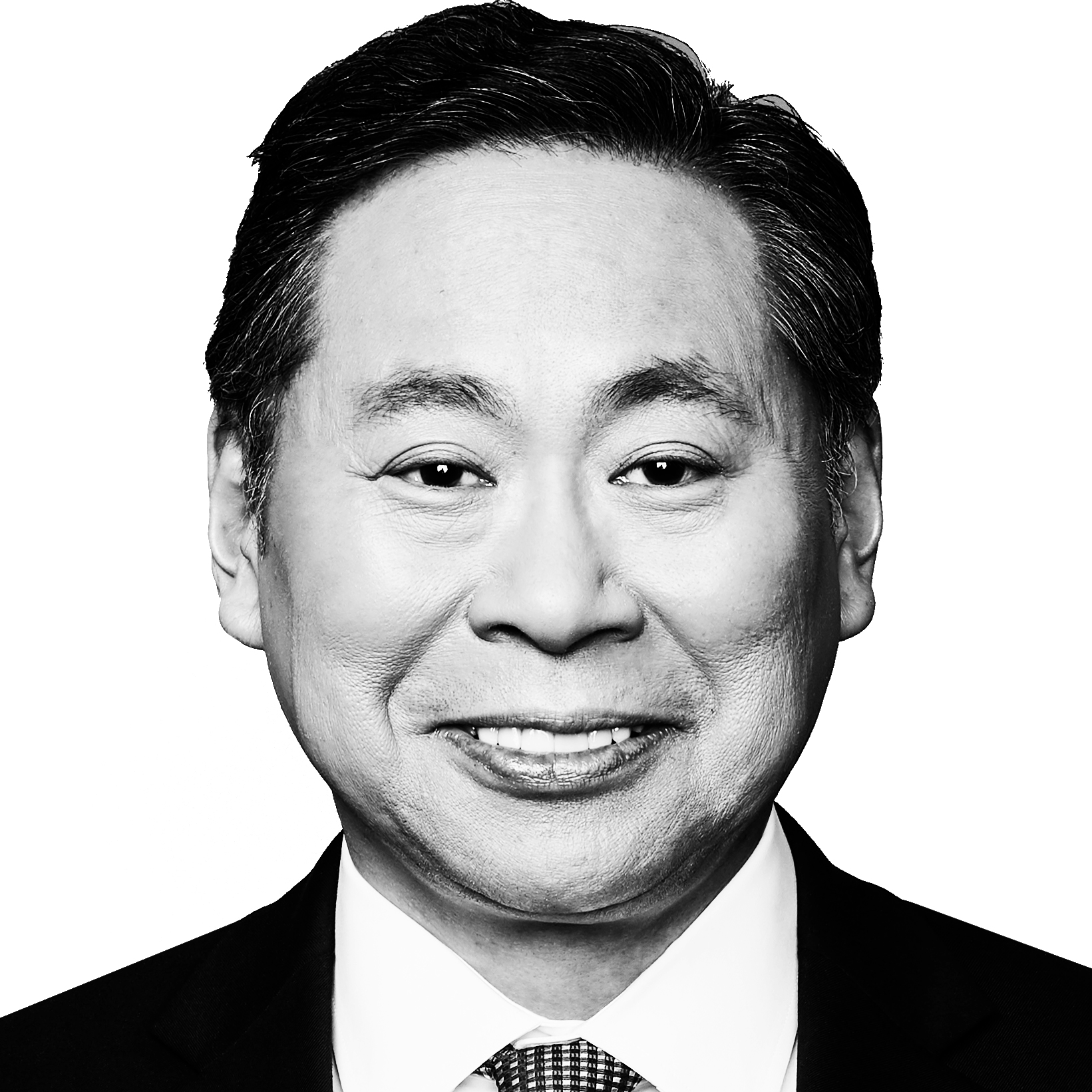Opinion
Photo Illustration by Elizabeth Brockway/The Daily Beast/Reuters
Judge Engoron Made the Right Call: Let Trump Rant and Rave
FULL OF HOT AIR
New York prosecutor Kevin Wallace also did a solid job of not engaging in excessive fighting with Trump—a wise tactic to use with a bombastic witness.
opinion

Trending Now





